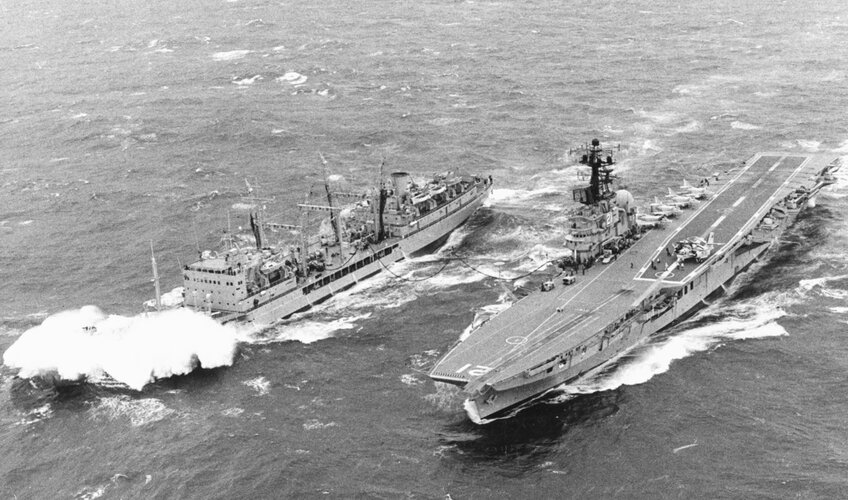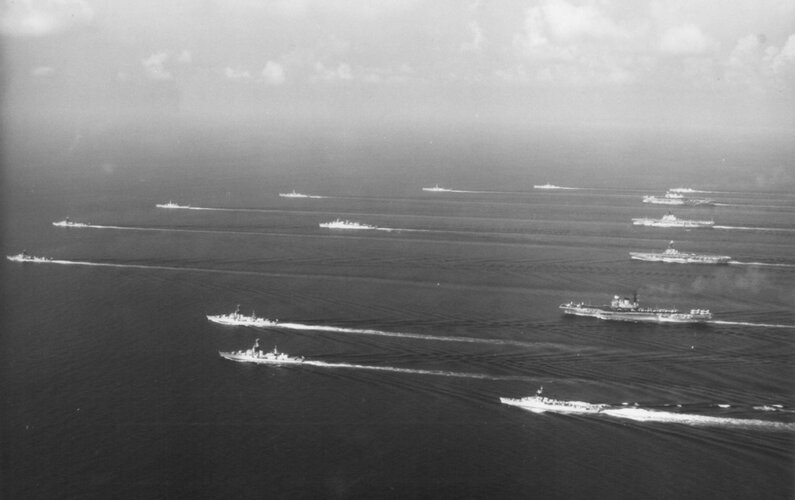The RN didn't get their Phantoms until 1968 and realistically wouldn't be able to get a sqn to sea until 1969, too late for Rolling Thunder. The fighters the RN would have to use for war cruises 8n the 1965-68 period would be Sea Vixens. The USN met more Mig17s than Mig 21s, especially in the early years, so maybe this won't be a huge problem.
IIRC the American fighters deployed early in the war didn't have guns because they been made obsolete by Sidewinder . . . or so they thought. Is that correct?
The Sea Vixen didn't have guns either, but it could be armed with air-to-air rockets. If the statement above is correct would that make it a better dogfighter than the
"gunless" American fighters?
Similarly, would the ADEN cannon fitted to the RAF's Javelins & Lightnings make them better dogfighters than the
"gunless" American fighters? My guess is that the RAF will want to deploy at least one fighter squadron to Vietnam to get some combat experience (and not be upstaged by the FAA) or failing that second some personnel to USAF units operating in Vietnam.
How well will Bloodhound, Firestreak, Red Top & Seaslug perform? And if they perform less well than expected, will that be a blessing in disguise? That is will money be spent on them to "get well" like the USN did for its 3-T missiles.
AFAIK in the middle 1960s only a handful of USN ships had NTDS, but the first 4 County class (which were in service) had CDS and the next 4 ships (which were coming into service) had ADAWS Mk 1. However, the Type 965 was AFAIK nowhere near as good as SPS-39 and SPS-48. On the other hand they did have access to the Type 984 radars on the aircraft carriers via the DPT data links.
Which is a long winded way of asking . . . How well would the County class have performed? I'm not a fan of them because of the small number of missiles they carried vis-à-vis the contemporary USN DLGs and only having one Type 901 radar. However, both may not be a problem in a
"warm war" and AIUI contemporary 3-T missiles were just as unreliable.
IOTL the Batch 1 Counties had refits lasting several years from the late 1960s to the early 1970s. My guess is that they'd be refitted to a higher standard as discussed in this thread.
Finally, the RN developed a small-ship version of ADA/ADAWS-1 for the Leander class Batch 2, but it wasn't fitted for financial reasons. If the USA does the persuade HMG to take part in the war is some of the (
bribe) economic aid may be used to complete the Batch 2 & 3 Leanders with it.



